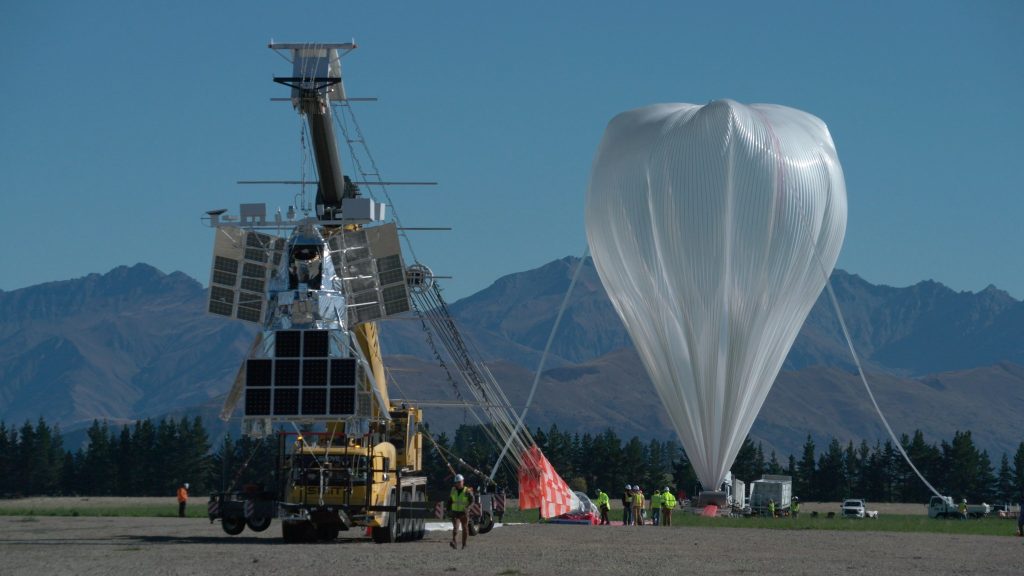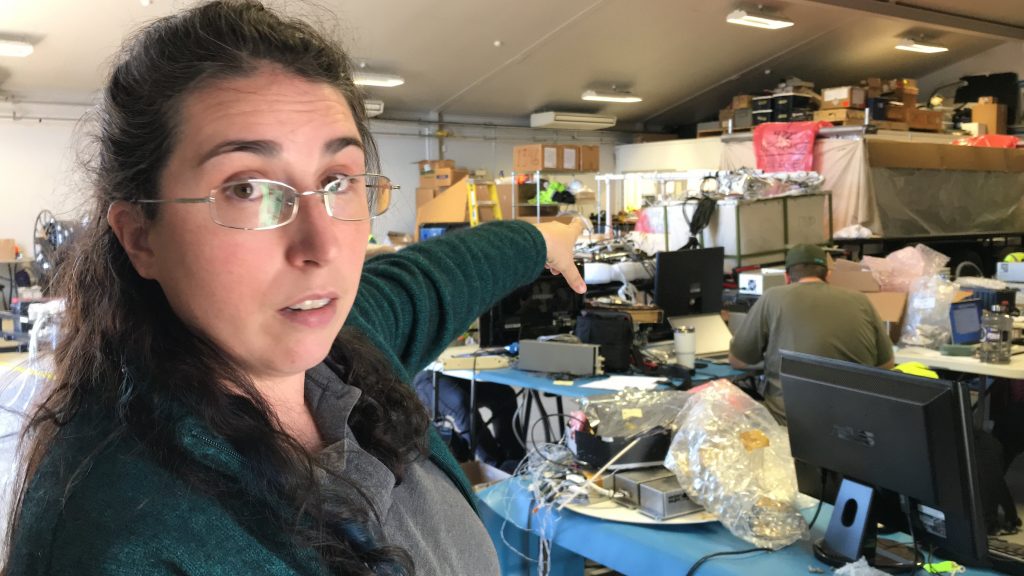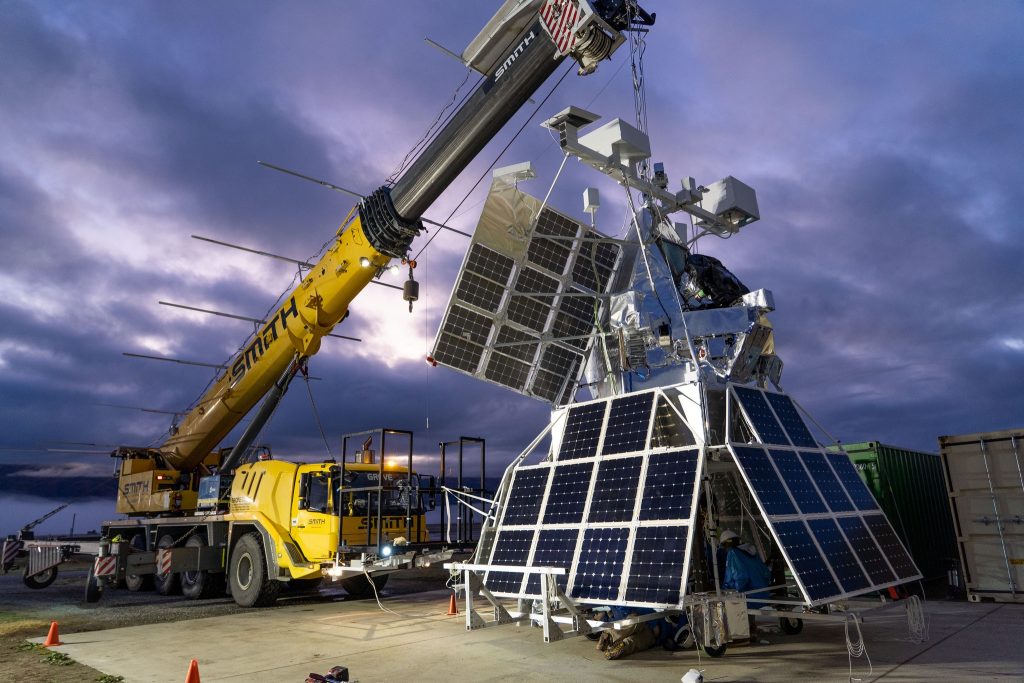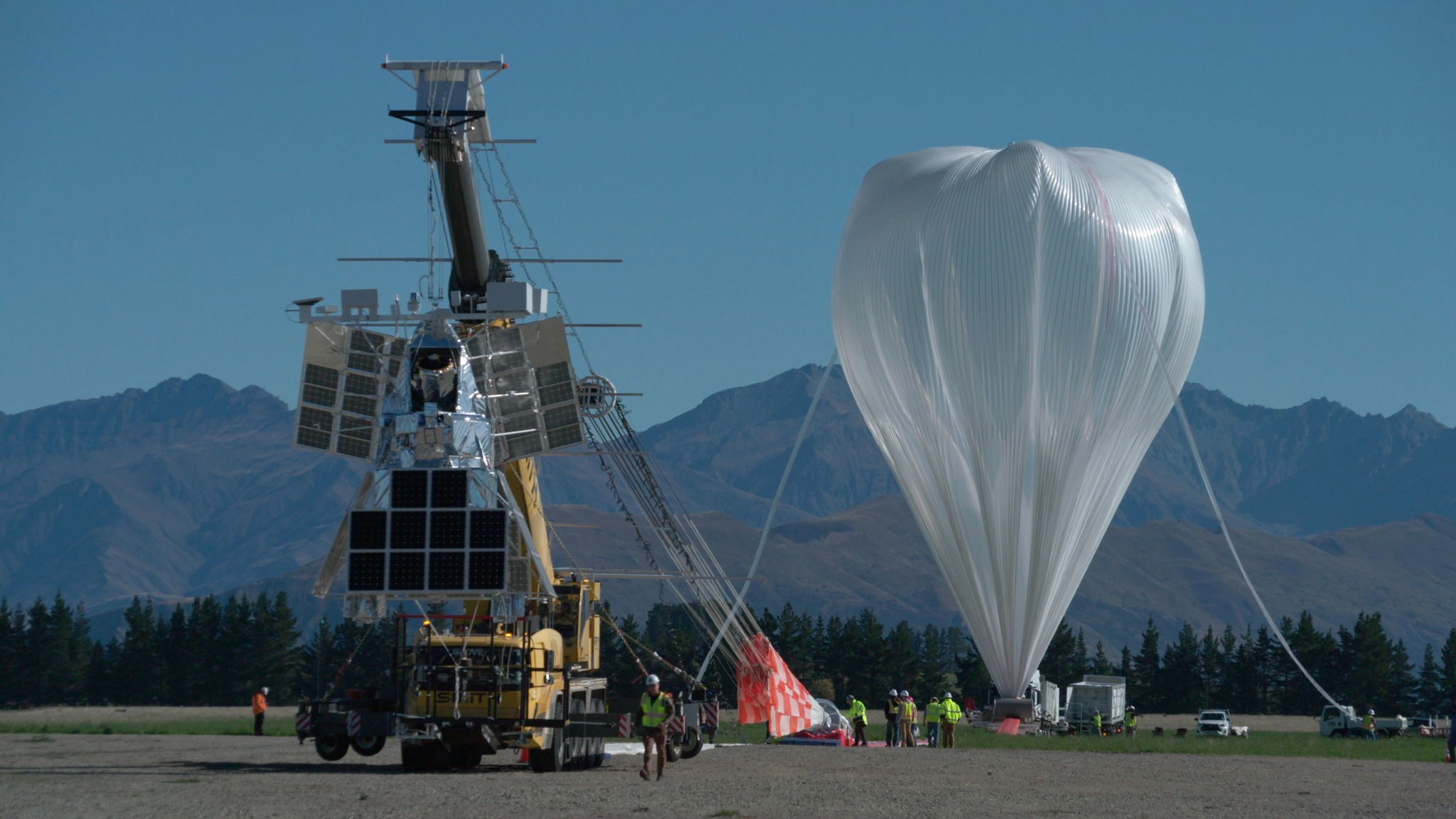Nasa’s massive scientific balloon successfully launched on its first attempt from Wānaka Airport on Sunday is now floating in the stratosphere towards South America.
A second balloon is still in a large box at Nasa’s hangar in Wānaka and is not scheduled to fly until Wednesday next week, at the earliest.
Nasa has confirmed Space Kiwi, a mascot given to the Nasa team during Covid quarantine last year, has finally lifted off.
Space Kiwi could not fly last year because a technical malfunction of ground equipment meant the launch had to be abandoned.

The balloon programme general manager, Debbie Fairbrother, said yesterday Space Kiwi was well taped to the payload of balloon1, and she hoped the soft toy would come back to earth one day.
“Space Kiwi is flying on the SuperBIT payload. He spent the year in Wānaka and got upgraded to a nice captain’s chair, which he is sitting on, on the payload. That will be out on social media soon,” Ms Fairbrother said.
It was her preference the payload eventually came down to earth, not sea, which would mean the balloon, equipment and Space Kiwi could be retrieved more easily.
Chief balloon technologist Dr Sarah Roth said getting a balloon off the ground on the first attempt was “very unusual” but not unheard of.
“We were all super excited.
“The weather just behaved.”

Balloon1’s payload is a large optical telescope called SuperBIT.
It has been put together by students and technicians from the universities of Princeton and Toronto, who are researching dark matter in space.
While balloon2 is not yet ready, its payload — called Euso — is.
Euso contains scientific instruments for a separate study by students from the University of Chicago and the University of the Colorado School of Mines.
They are researching tiny particles, neutrinos, that are found everywhere in space.

Both science projects are missions of opportunity, piggy-backing on Nasa’s ongoing and primary mission to test and validate super-balloon technology, with the goal of completing a 100-plus-day flight around the world in the stratosphere.
Nasa has been testing the technology in Wānaka since 2016.
Long-duration flights are important for the development and operation of the University of California’s Compton Spectrometer and Imager (Cosi) gamma-ray telescope.
Dr Roth was scheduled to give a public presentation about the balloon project at Wānaka Library last night and will give another session in two weeks’ time.





